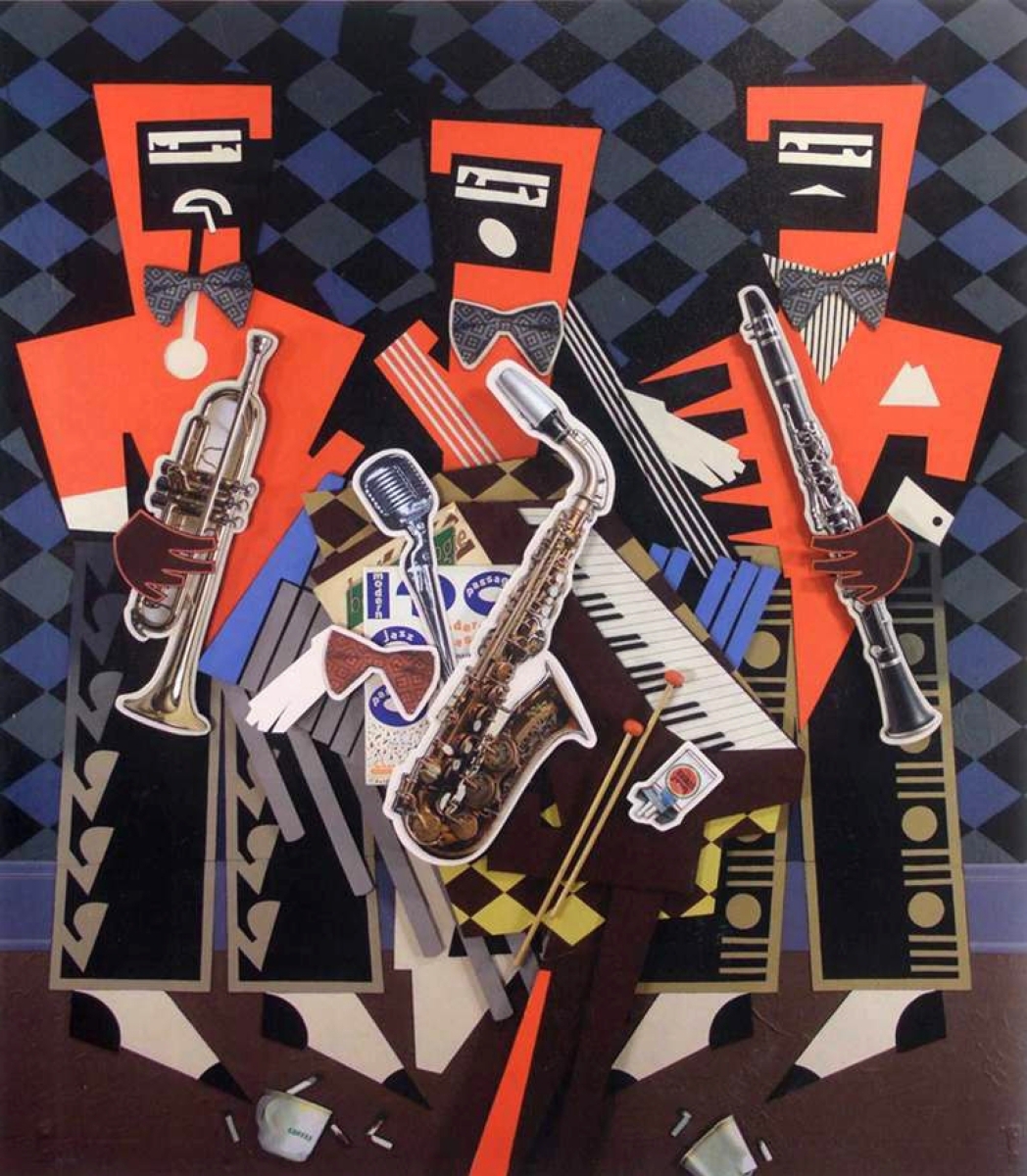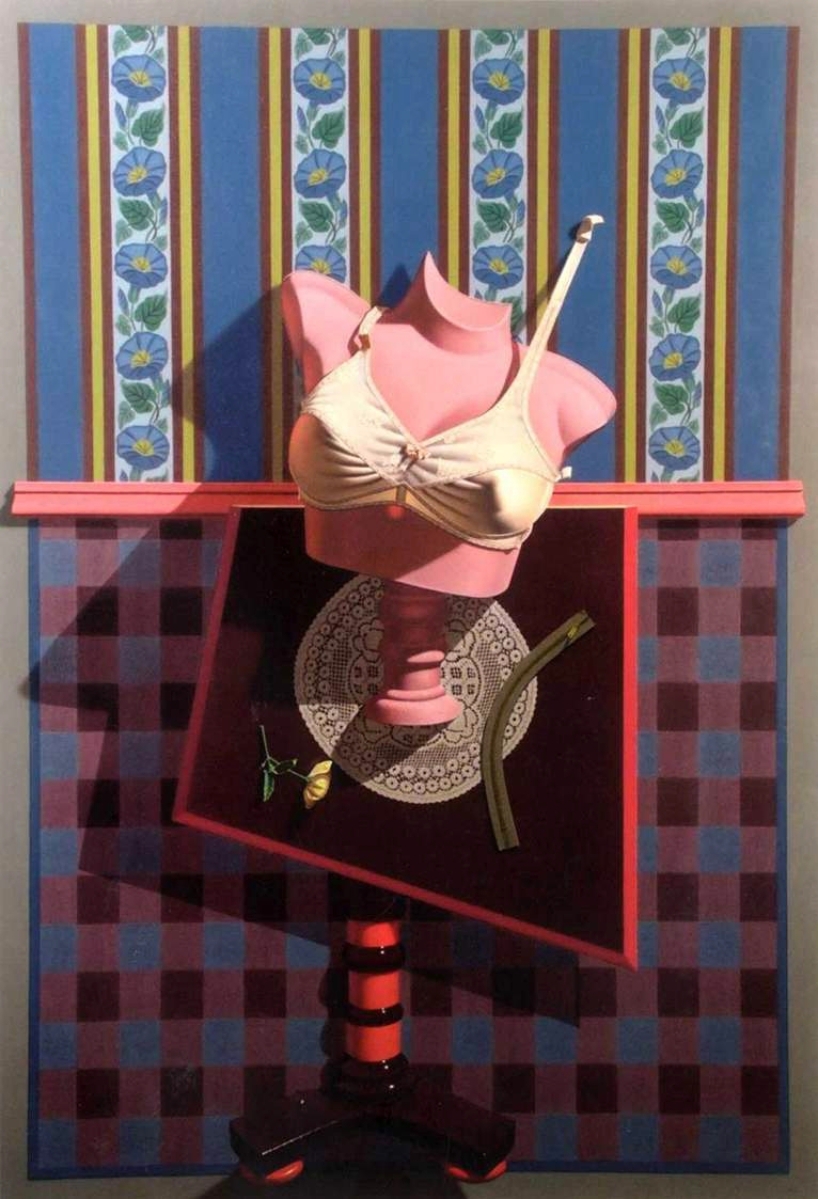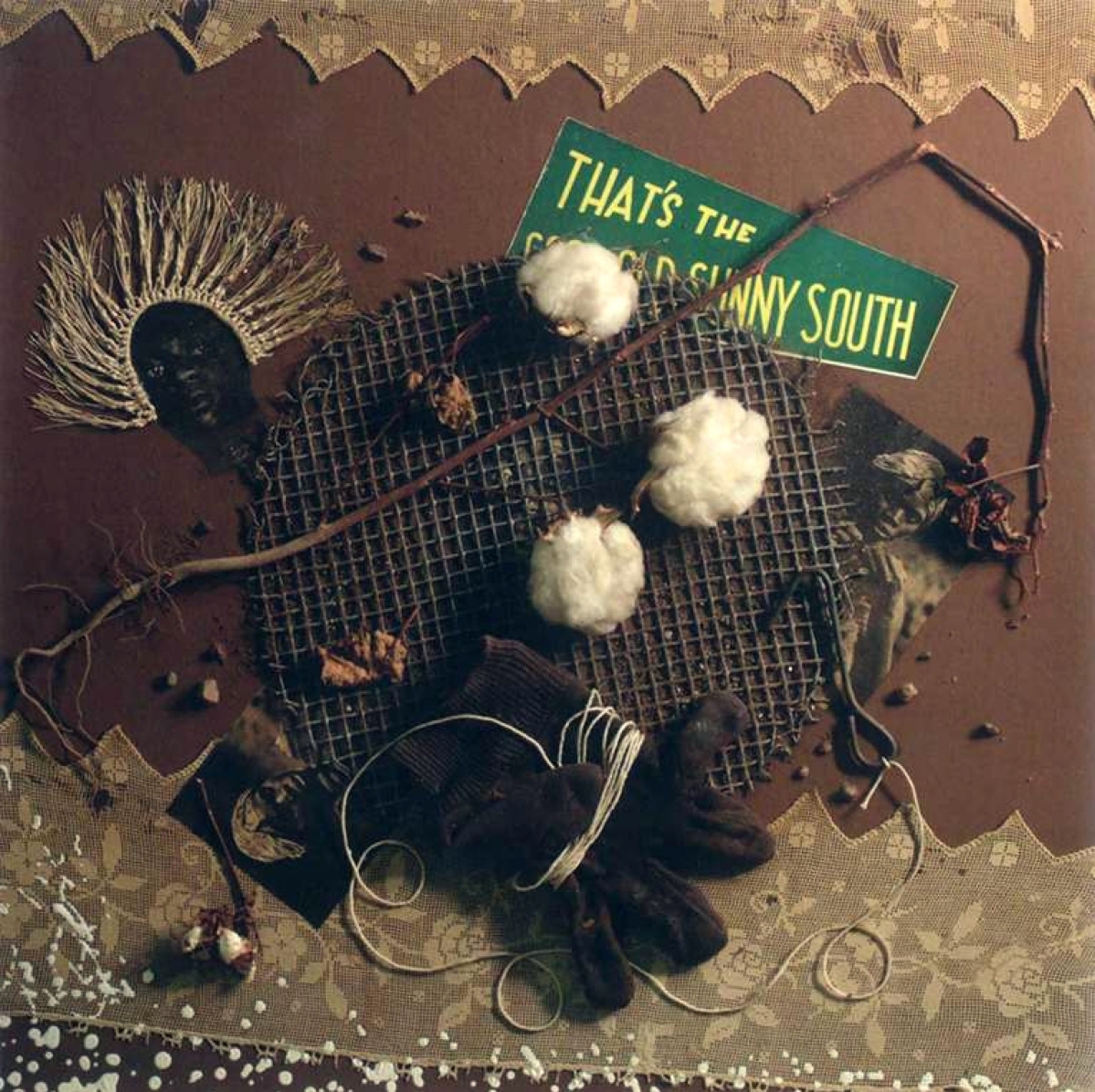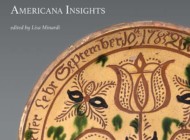
Footprints: The Art and Life of Gary Erbe, edited by Richard Adler and Jan Shreffler; contributors, Thomas Folk, Carol Lowrey, Christine I. Oaklander, Carter Ratcliff, Michael W. Schantz and Louis A. Zona, The Butler Institute of American Art, 524 Wick Avenue, Youngstown, OH 44502; 2016, hardcover, 300 pages, $100.
By Anne Kugielsky
To study the trajectory of work by Gary Erbe is, in many ways, to study vignettes of the history of the United States after World War II. An unabashedly patriotic artist, Erbe has, for the last 50-plus years, created thought-provoking compositions immersed in detail and iconography that engender nostalgia with virtuoso technique. His work is in countless museums and private collections across the United States. And in this, the most recent volume celebrating the life and art of Gary Erbe, scholars, friends and longtime admirers speak out on his work and his life.

Commissioned by The Butler Institute of American Art, “Baseball Album,” 2003, 48 by 68 inches, is in an Erbe-designed frame that accentuates the work conceptually and visually.
In the 300-page, hardcover volume, Footprints: The Art and Life of Gary Erbe, various scholars have contributed chapters on aspects of the artist’s work; Erbe himself writes a chapter revealing the technical aspects used to create his trompe l’oeil (fools the eye) and Levitational Realism pieces; and art historian and private art consultant Christine I. Oaklander, contributes an in-depth biography of Gary Erbe (b 1944), and a chapter on “Social Commentaries in Erbe’s Work.”
Other contributors include the well-known executive director of the Butler Institute of American Art, Louis A. Zona, who writes an introduction and a chapter on “Sports,” which is highly appropriate considering that his Butler Institute commissioned “Baseball Album,” the 48-by-68-inch trompe l’oeil oil painting. Zona said, “Gary Erbe has been exhibiting artwork here for over 20 years, including three one-man exhibitions in 1985, 1995 and 2004. He was the logical choice for creating a large centerpiece for the sports gallery.”
Thomas Folk, author, scholar of American art and leading authority on the Pennsylvania Impressionists writes a chapter on Erbe’s early years; Carol Lowrey contributes a chapter on “The American Flag,” writing that “Erbe’s flag paintings function as trompe l’oeil still lifes and autobiographical statements, as we as incisive historical and social commentaries.”
Carter Ratcliff, poet, art critic and contributing editor to Art In America, looks at Erbe’s pop culture connections. Ratcliff studies Erbe’s development from the Cubism of Georges Braque and Pablo Picasso to his affinities with some canvases by Stuart Davis and Gerald Murphy who often went, as Erbe does, to popular culture for their subject matter.
Michael W. Schantz is the executive director and CEO of the Heckscher Museum of Art, Huntington, N.Y. He contributed two chapters to Footprints. He said in a recent article in The Gallery, Antiques and The Arts Weekly, that “Twenty-six years ago I had the privilege of hosting an exhibition of art work by Gary Erbe at the Woodmere Art Museum, Philadelphia, Penn., during my tenure there as director. In 2016 I [again had] the pleasure of featuring his work at the Heckscher Museum of Art, Huntington, N.Y.” Here Schantz writes chapters on the less-well known aspect of Erbe’s art, “Sculpture and Constructions.” His chapter is followed by Erbe’s own chapter on how he does what he does, “Technical Aspects.”
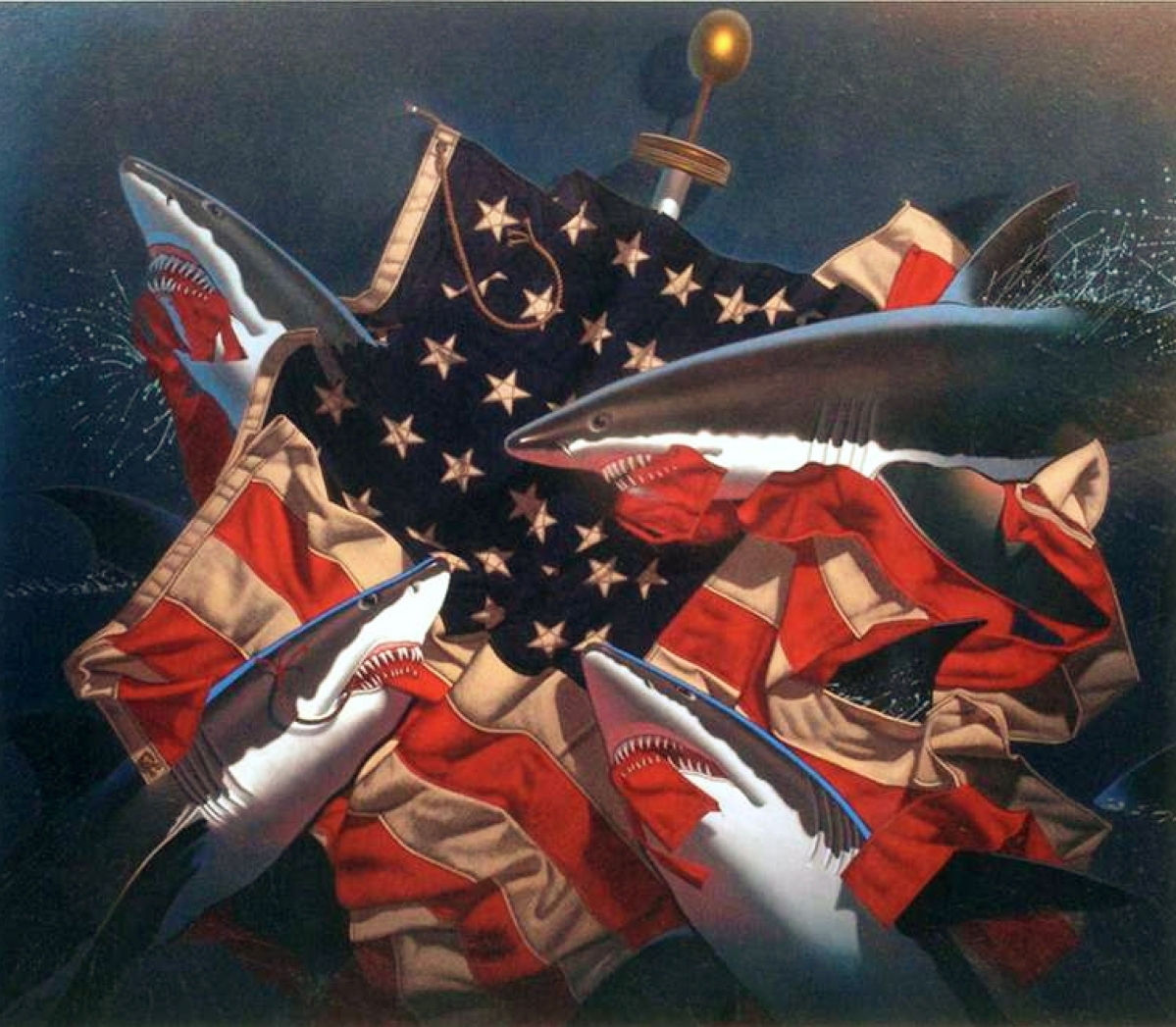
“Frenzy,” 2007, oil on canvas, 60 by 70 inches, reveals a slightly darker image of the American flag than might be expected. It is in the artist’s collection.
Erbe says, “My interest in trompe l’oeil has never wavered over the years. However, I have explored the idiom of Abstraction and Cubism and how these modern principles can be integrated into trompe l’oeil. I welcome the challenge of bridging the gap between Modern art and Realism without abandoning technique.”
Finally, this impressive volume is augmented by a chronology, selections and exhibitions, public collections, awards and honors, the Lowy etching and articles co-written by Erbe’s brother, poet and photographer Christopher Erb: “Matisse Coupez Matisse,” “Lure of Either” and “Osmosis, of Saddest Thought,” to which Gary Erbe and Elena Laza also contributed.
This volume accompanies the exhibition of the same title, which will be at the Butler Institute of American Art, Youngstown, Ohio, May 14-August 6. It will then travel to The Brinton Museum, Big Horn, Wyo., the Reading (Penn.) Public Museum and the John F. Peto Studio Museum, Island Heights, N.J., September 22-December 16, 2018. Published by The Butler Institute, the book is designed by Gary Erbe, Zeny Erbe and Jennie Jones; it is printed and bound by City Printing Company, Youngstown, Ohio, in a concrete tribute to Erbe’s Americanism.
As is true of Erbe’s art, this book is highly polished and beautifully constructed. It is filled with color illustrations of Erbe’s art that make the reader want to see them in person. Strong and delightful, his work intrigues the eye and emotions – as has been said often, Erbe chronicles life in America in the Twentieth and Twenty-First Centuries. His work is a shining aesthetic light on American life, public and private.

